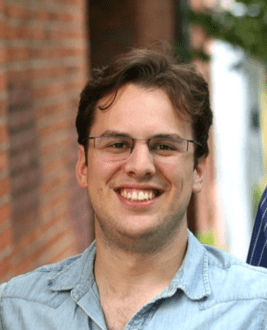Instagram’s co-founders Kevin Systrom and Mike Krieger have been noticeably silent since their photo-sharing app Instagram was bought by Facebook earlier this week for $1 billion.
In the meantime there has been a lot written about that deal, from praise to backlash, parsing what it means and why.
But if you’d like to hear a little (actually, a lot) about how Instagram got to where it did, read on.
Last night, Krieger gave a presentation at an Airbnb event for employees and members of the network, part of a regular series called the Tech Talk. The subject was “Scaling Instagram.”
Considering his company was just bought for $1 billion, it’s a pretty remarkable effort, 185 slides in all.
The talk, as the name of the event would suggest, is mainly about engineering and back-end work. It goes through some of the obstacles and solutions that Krieger and team faced as Instagram instantly picked up millions of users. Some notable points:
- It’s true that Instagram never had to create a “fail whale” but they had some clear 404’s early on and “tons of errors.”
- Possibly the truest test of scaling: “replacing all components of a car while driving it at 100mph”. Also: Don’t try to reinvent the wheel in your work. And be open to getting knowledge from others (“awesome advisors”) — without passing the buck (“don’t think ‘someone else will join and take care of this'”).
- In Krieger’s view, that Android launch it had earlier this month ranks right up there with some of the most important aspects of running Instagram smoothly. (One slide notes “scaling for Android” as just as essential as choosing the right database and technology and staying nimble.) Figuring out how they could get that right was one reason why it took so long to bring that Android app to market.
And simplicity, one of the things that makes Instagram so attractive, appears to be a philosophy and approach that Krieger & Co. follow right through to the most back-end parts of the site.
“The cleanest solution with the fewest moving parts as possible,” he says is the goal. We look forward to seeing how that evolves with Instagram’s next chapter.
The full slide deck is here:
